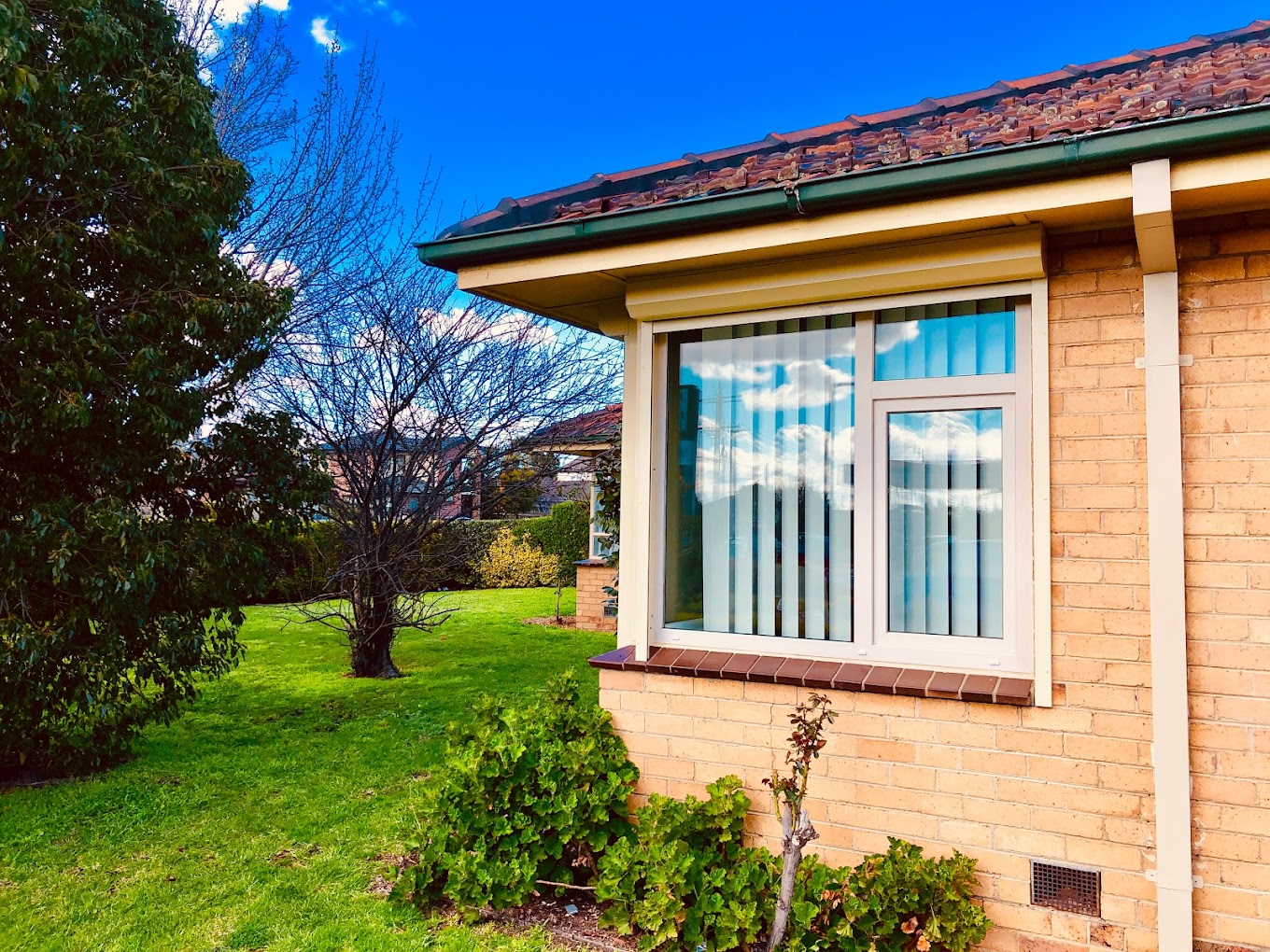All Categories
Featured
Table of Contents
The Surprising Benefits Of Double Glazing In The Summer ... in Ascot WA
Glazing simply implies the windows in your house, including both openable and fixed windows, in addition to doors with glass and skylights. Glazing actually just implies the glass part, but it is generally used to describe all aspects of an assembly consisting of glass, films, frames and home furnishings. Paying attention to all of these aspects will help you to achieve efficient passive design.

Energy-efficient glazing makes your house more comfortable and significantly lowers your energy expenses. Inappropriate or badly designed glazing can be a major source of undesirable heat gain in summer season and substantial heat loss and condensation in winter season. Approximately 87% of a house's heating energy can be gained and as much as 40% lost through windows.
Why Double-glazed Windows Are A Must in Victoria Park WA
Glazing is a considerable financial investment in the quality of your house. The expense of glazing and the cost of heating and cooling your home are closely associated. A preliminary investment in energy-efficient windows, skylights and doors can considerably lower your yearly cooling and heating bill. Energy-efficient glazing likewise minimizes the peak heating and cooling load, which can decrease the needed size of an air-conditioning system by 30%, causing further expense savings.

This tool compares window choices to a base level aluminium window with 3mm clear glass. Understanding a few of the essential residential or commercial properties of glass will assist you to pick the very best glazing for your house. Key properties of glass Source: Adapted from the Australian Window Association The quantity of light that goes through the glazing is referred to as visible light transmittance (VLT) or visible transmittance (VT).
Best Way To Block Sun Heat From Windows [Professionally] in Samson WA
The U value for windows (revealed as Uw), explains the conduction of the whole window (glass and frame together). The lower the U worth, the greater a window's resistance to heat circulation and the better its insulating value.
For example, if your house has 70m2 of glazing with aluminium frames and clear glass with a U value of 6. 2W/m2 C, on a winter season's night when it is 15C chillier outside compared to inside your home, the heat loss through the windows would be: 6. 2 15 70 = 6510W That is comparable to the total heat output of a big space gas heater or a 6.
What Is The Best Glazing For My Home? - Part 2 in Singleton WA

If you select a window with half the U worth (3. 1W/m2 C) (for instance, double glazing with an argon-filled gap and less-conductive frames), you can halve the heat loss: 3. 1 15 70 = 3255W The solar heat gain coefficient (SHGC) for windows (expressed as SHGCw) measures how easily heat from direct sunlight flows through an entire window (glass and frame together).
The lower a window's SHGC, the less solar heat it transfers to the home interior. The real SHGC for windows is affected by the angle that solar radiation strikes the glass.
Why Is Double Glazing So Important In Winter? in Midland Western Australia
When the sun is perpendicular (at 90) to the glass, it has an angle of incidence of 0 and the window will experience the maximum possible solar heat gain. The SHGC stated by glazing makers is constantly calculated as having a 0 angle of occurrence. As the angle increases, more solar radiation is reflected, and less is transferred.
Table of Contents
Latest Posts
8 Benefits Of Double Glazing To Take Advantage Of in Orelia Perth
Which Type Of Double Glazed Window Frame Is Right For You? in Ocean Reef Western Australia
Twinglaze® Double Glaze Specification Act - Vic in Inglewood WA
More
Latest Posts
8 Benefits Of Double Glazing To Take Advantage Of in Orelia Perth
Which Type Of Double Glazed Window Frame Is Right For You? in Ocean Reef Western Australia
Twinglaze® Double Glaze Specification Act - Vic in Inglewood WA